On a hot summer afternoon in the hills of Le Marche, in Central Italy, where I have been spending the last couple of days modelling for some artists I have recently become acquainted with, I have just finished re-reading (for the third time!) the 18th century novel Les Liaisons Dangereuses (Dangerous Liaisons) by Pierre Chordelos de Laclos. I rediscovered this book in the English translation by Douglas Parmée last April and posted about it on What We Saw Today.
I was not meaning to post on this blog at all until back in London tomorrow and certainly not again on Les Liaisons but my hosts are out and I have access to a computer, kindly left for my use. So I went online to read some of my favourite blogs and found two very stimulating posts in WWST and in Photo Fermata about the gaze and, in particular, the male gaze. Laura Mulvey theorised the male gaze and scopophilia in relation to films a couple of decades ago. I will not repeat her arguments, the two posts by Karl and Unbearable Lightness give enough details. Mulvey's theory has been very influential in media and cultural studies since inception. Some important criticisms aimed at Mulvey were to do with how women look - is there a female gaze? how do women look at other women? Mulvey focused entirely on the male gaze and left such questions unanswered.
The cinematic translation of the Liaisons by Sthephen Frears (1988) with Glenn Close as the Marquise and John Malkovitch as the Vicomte, was my first introduction to the novel. Its ending was substantially changed, eliminating the ambiguity of the novel's conclusion, which is, effectively its strongest point and the reason why it remains so contemporary, despite its venerable age. In the film the Marquise is motivated in her actions by unreciprocated love for the Vicomte, something which does not transpire from a reading of the novel. Glenn Close seems to be transferring into her interpretation of the Marquise a subtext taken from her role of "self-destructive bitch extraordinaire Alex Forrest" in Fatal Attraction, which turns the Marquise into an impossible and unlikely role model for women, whereas Madame de Meurteuil in the original speaks in accents which today's women can understand. Indeed when the film came out unwarranted parallels between Alex and the Marquise were drawn.
In her online essay Dangerous Liaisons Dangereuses Michelle Erica Green points out that whereas in the novel the characters write themselves into existence, in the film they are written upon.
Yet this identification is made complex by the underlying association of the Marquise with Alex Forrest.
Another important external discourse runs through the character of the Marquise in Frear's film and this is, says Michelle Erica Green, the Marquise's fashion, linked to the successful fashion documentary by "style arbiters" Diana Vreeland and 1970s supermodel Marisa Berenson on the 18th century woman. The fashion documentary celebrated in 1980s terms , the "feminism, hedonism and Old Regime aristocracy" - note the use of the word feminism with reference to l'ancien regime . By this the Marquise is made more desirable and attractive to women viewers but, as Green says:
What am I trying to say here? Simply that whereas the book lends itself to a reading which can inscribe Madame de Meurteuil into a contemporary feminist discourse, even though she remains primarily a figment of the imagination of an 18th century French man, Frears film locks Madame in a 1980s bourgeois logic,mentality and vision, unsympathetic to women, through an astute deployment of visual language. Having read Madame's story through my own 21st century female sensibility, I would now love to view Madame through a female gaze in the mode of the 2009 Cheim & Read exhibition...
(All photos modelled by Alex B.)
Photographer: Frank Reinhold
Photographer: Ann Holian
And here is the link with the Liaisons and its cinematic translation. To begin with Les Liaisons was written by a man, even though he lends a voice to several female characters - the novel is in the epistolary form and the main characters are two libertines, Vicomte de Valmont and the Marquise de Merteuil, whose favourite pursuit is to seduce. Seduction is a dangerous game indeed and here there are no real winners. The novel ends with innocent and guilty equally suffering from the consequences of their actions. It is possibly Laclos' condemnation of pre-revolutionary French aristocracy and its perceived lax morality and excesses that leads to such a downfall which, like the revolution, cannot and will not spare anyone.
Photographer: Ann Holian
Photographer: Ann Holian
"During the opening credits, Merteuil and Valmont are offered up for audience consumption as the mannequins who will wear the film's superbly designed costumes as the camera follows their dressing rituals.
Frears pays special homage to Merteuil's breasts, signifier of her feminine body, and Valmont's head, repository of his masculine brain. Breasts and heads are predominant images of gender in the film...The female viewer of Dangerous Liaisons is faced with an interesting dilemma. She can identify with the male gaze of the camera, sharing its interest in Merteuil's breasts and body, or she can identify with the transgressive object of that gaze, the marquise herself"
Photographer: Terri Lee-Shields
Another important external discourse runs through the character of the Marquise in Frear's film and this is, says Michelle Erica Green, the Marquise's fashion, linked to the successful fashion documentary by "style arbiters" Diana Vreeland and 1970s supermodel Marisa Berenson on the 18th century woman. The fashion documentary celebrated in 1980s terms , the "feminism, hedonism and Old Regime aristocracy" - note the use of the word feminism with reference to l'ancien regime . By this the Marquise is made more desirable and attractive to women viewers but, as Green says:
"she cannot create herself through reading and writing... the mass media has limited her role within the constraints of commodity culture"
Photographer: Jan Murphy
(All photos modelled by Alex B.)

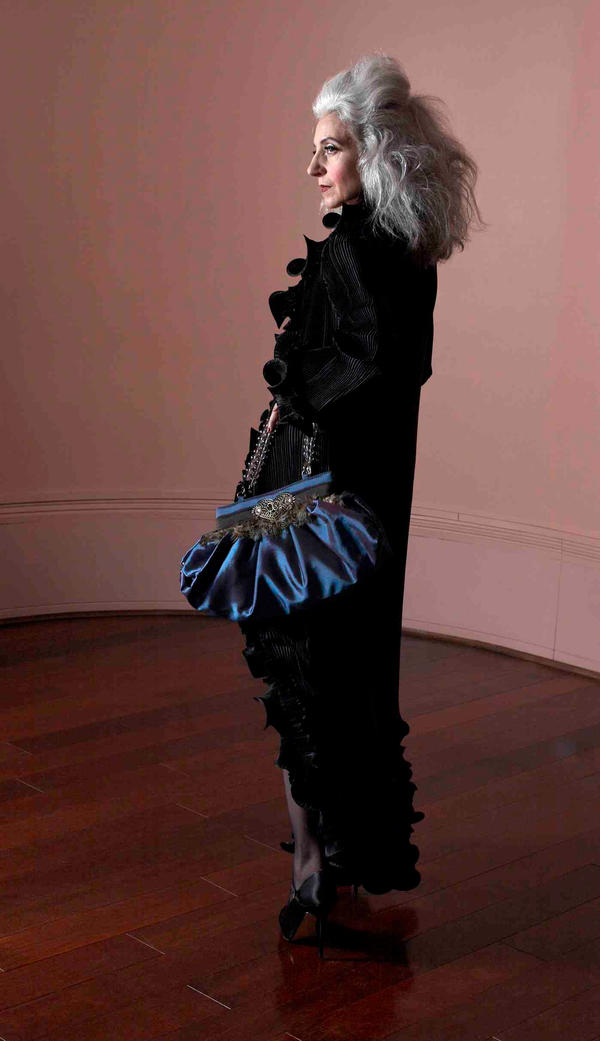
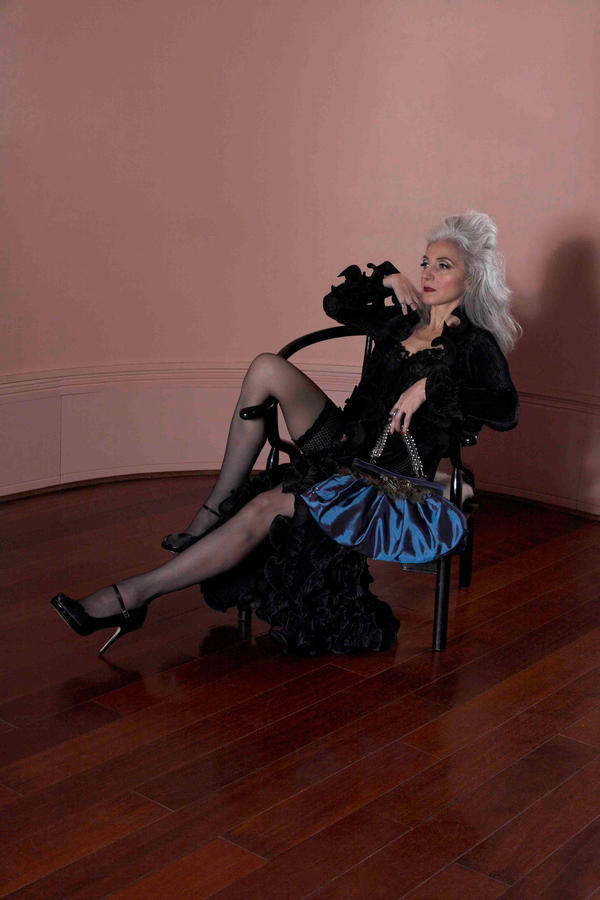
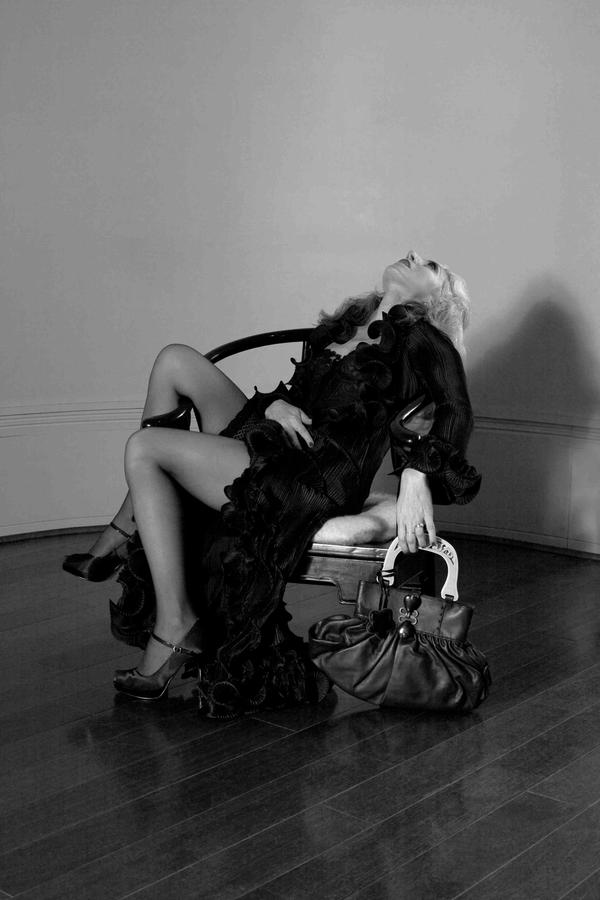
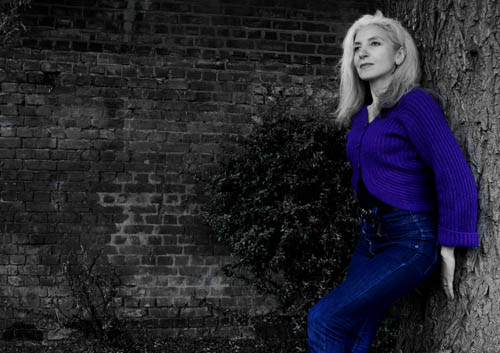
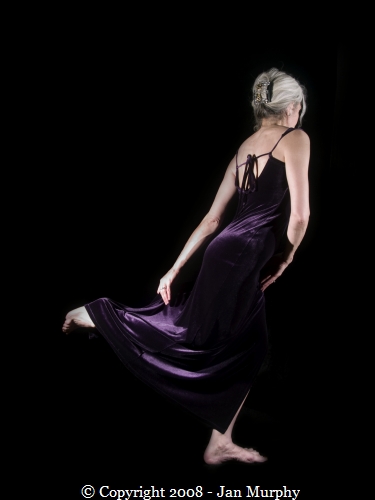
Thank you for this unique perspective on the gaze in literature and its interpretations in a movie. I was twenty when I saw that movie and found it both insightful and disillusioning in how it portrayed gender, gender and sexual politics, and the whole idea of passion, love and commitment.
ReplyDeleteIn your post, you mention Glenn Close's role and how it reflected the norms of the late 1980's and was judged with her role in "Fatal Attraction". I am curious how the other female characters played by Michelle Pfiefer and Uma Thurman (can't remember their characters' names) were portrayed compared to the how they were in the book. Was there a distortion of John Malkovich's or Keanu Reaves' characters as well that made it a time-stamped movie reflecting the 1980's culture?
Interesting post. Thank you for the mention.
Thank you Karl for your comment. I did enjoy the film, despite being so steeped in 1980s culture - I can see that now, I was not so sure about it then. Pfeifer was Madame de Trouvel, the 'prude' with whom Valmont falls in love and I guess Uma Thurman was young Cecile. I would have to watch the whole movie again, to make sure, but inevitably the whole interpretation is marked by 1980s culture, it reflects it. I am a great admirer of Madame and even though Glen Close is a superb actress she is framed as 'bad' whereas Madame is nuanced and is not madly in love with Valmont, how simplistic!I would love to see a visual interpretation of Madame that does her justice.
ReplyDeleteAlex, thank you for continuing the discussion of the gaze. It has been an important area of research since the 1970s, and one that fascinates me in many ways - in the tradition of oil painting, in advertising and publicity, and now in photography and modeling.
ReplyDeleteI'm glad to hear you are doing well and enjoying your travels. I adore Italy and would love to be there with you!
Thank you UL for writing such great posts and for finding the time to comment. Who knows we might be able to travel to Italy together in future!
ReplyDeleteOh, Alex, I so wish it!!!
ReplyDelete